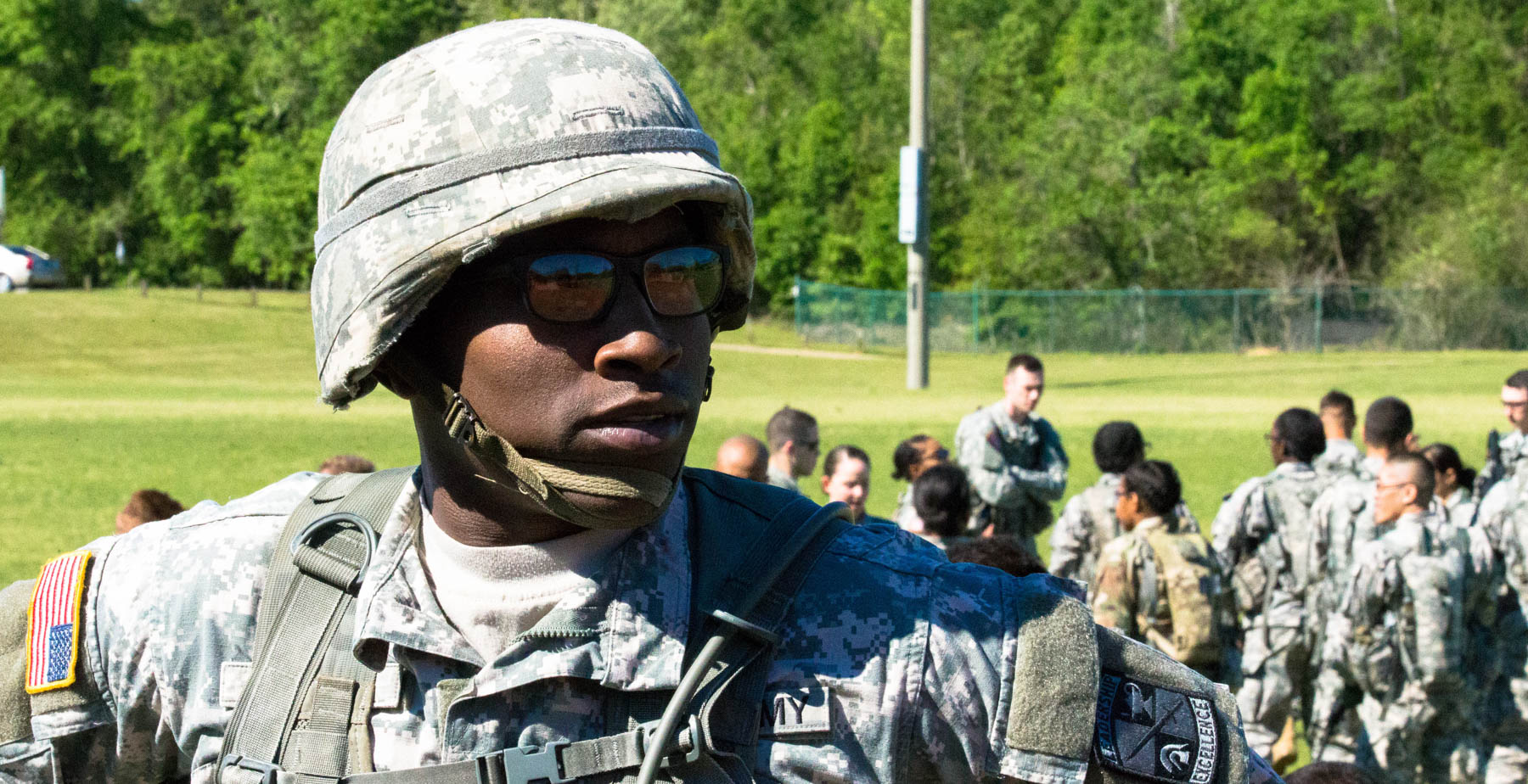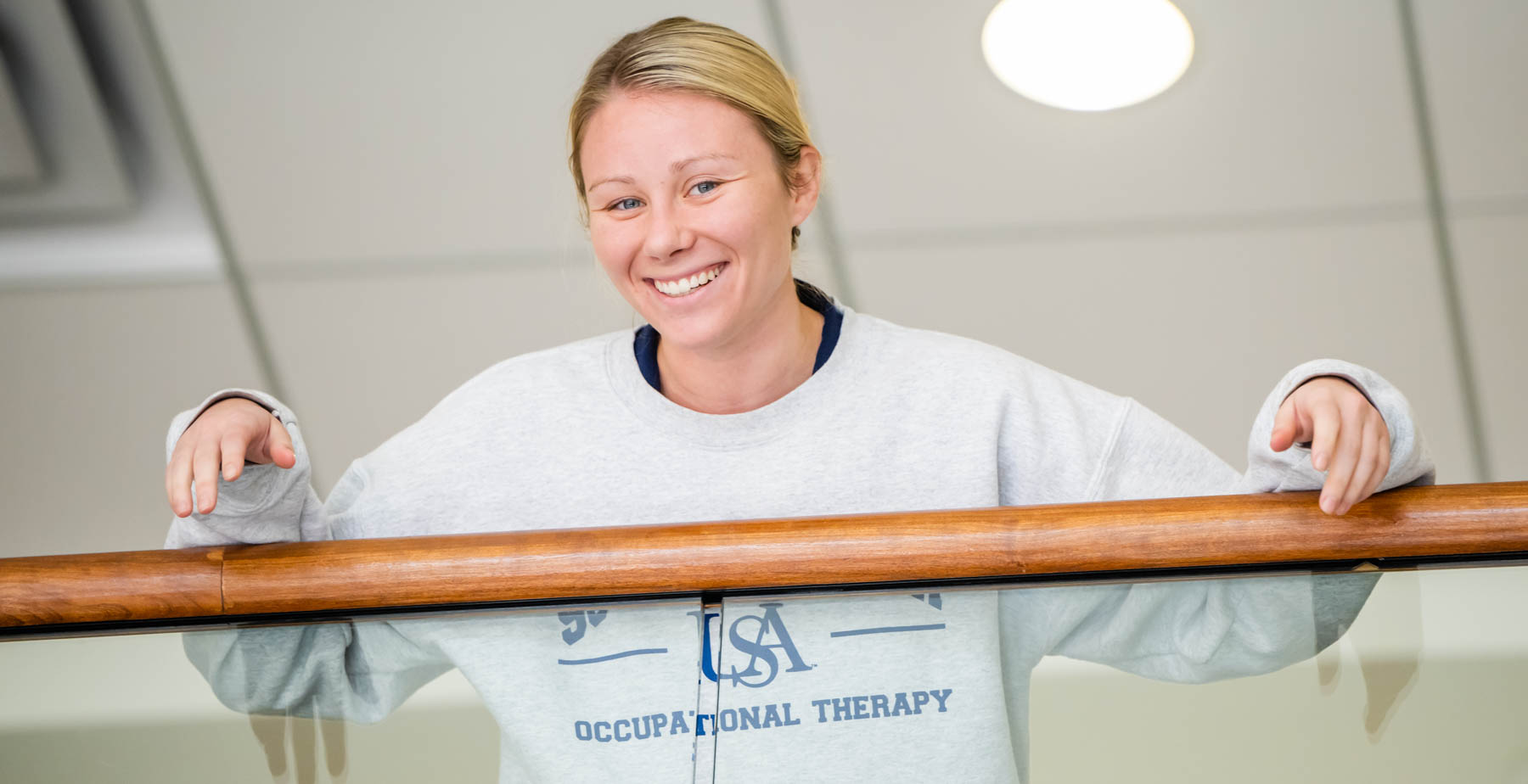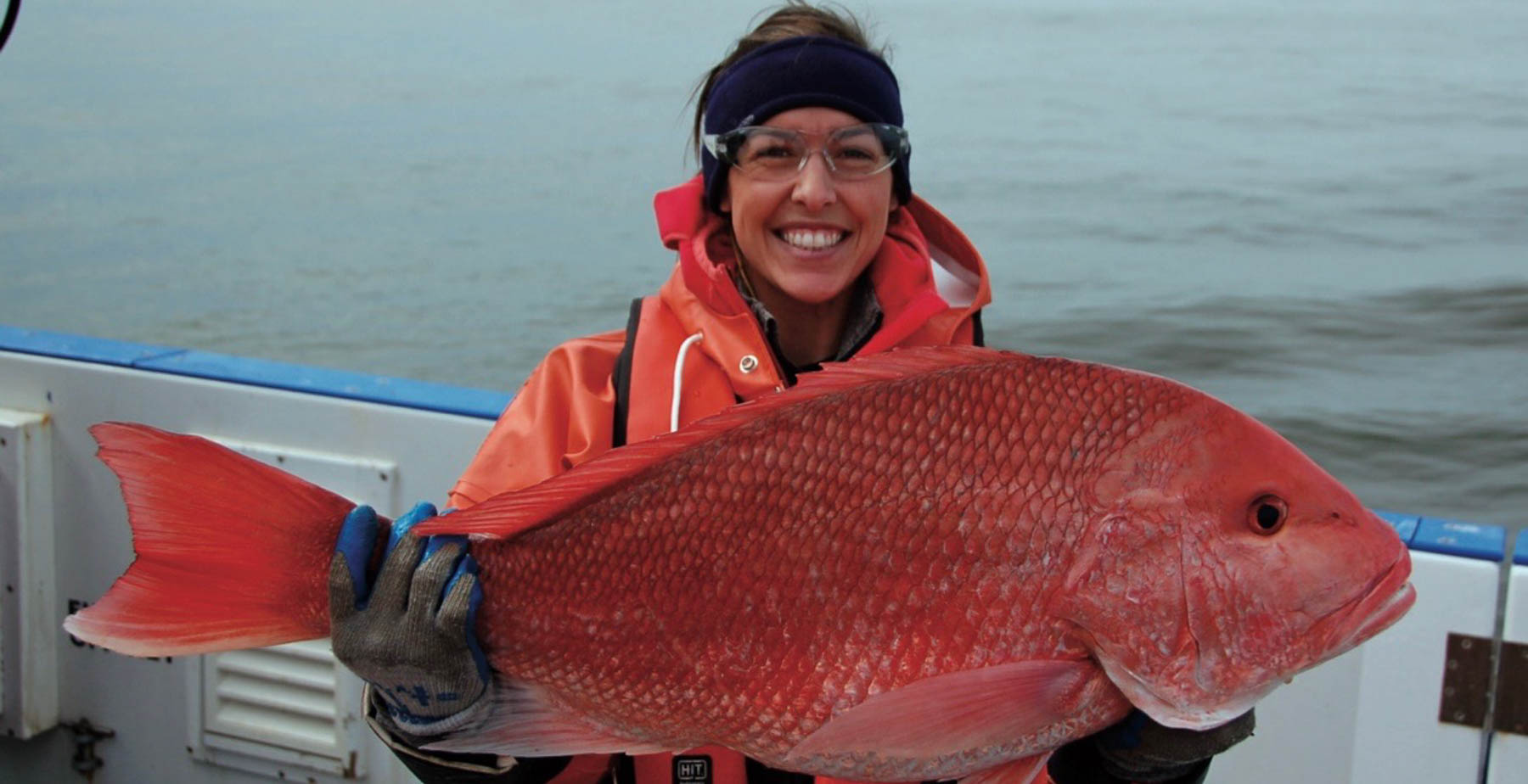Delta Drawn: Raines Shares Devotion to Mobile-Tensaw Delta as Environmental Fellow, Writer-in-Residence.
Posted on October 20, 2023

The author and filmmaker Ben Raines, best known for discovering the remains of the Clotilda, the last ship to carry enslaved Africans to the United States, enjoys a new platform as the first environmental fellow and writer-in-residence at the University of South Alabama.
At a September reception welcoming him to South, Raines talked about building support and appreciation for the Mobile-Tensaw Delta.
“We are literally in the richest landscape America has to offer — we have more than twice as many species per square mile as any other state,” he told students, donors and educators. “That’s the message I want to share. And if any of you want to help, let’s go. Now’s the time.”
He addresses much smaller audiences on nature tours of the delta. In October, he led poetry students from South to the Splinter Hill Bog Preserve. Other trips visit the Bottle Creek Indian Mounds and one of the last great cypress trees in the region.
Raines, 53, doesn’t pretend to be a scientist — he jokes about taking his last biology class in high school — but he knows the flora and fauna of “America’s Amazon.” He identifies everything from lady orchids and sensitive ferns to whirligig beetles and crawfish chimneys. Overhead, he spies wood ducks, great blue herons and the occasional bald eagle.
“How cool is that?” he asked a recent group, tossing in a joke about the eagle landing on cue. “That’s why we started here.”
Raines knows the history and politics of Alabama, too, as a former reporter for Mobile’s Press-Register, but that’s just color and background for his primary message. Most of his stories emphasize the extraordinary biodiversity of the Mobile-Tensaw Delta.
At South, Raines works for both the Stokes School of Marine and Environmental Sciences and the Stokes Center for Creative Writing, both named after Dr. Steven and Angelia Stokes for their support of the University. An interdisciplinary approach is part of what he’s sharing with students as an environmental fellow and writer-in-residence.
“It kind of gives me a home and a title,” Raines said of his appointment. “And it makes it easier for me to film and interview scientists from South and Dauphin Island Sea Lab, who have been an incredible resource for my documentaries. They’ve been giving me an education of sorts for the last 20 years.”
Dr. Sean Powers, director of the Stokes School of Marine and Environmental Sciences, joined Raines to promote South on a “Midday Mobile” radio segment for FM Talk 106.5. He explained that the environmental fellowship follows efforts to increase research in the Mobile-Tensaw estuary, which covers more than a quarter-million acres of swamp, open water and bottomland forest.
“We really need to focus on the delta,” Powers said. “We realized we weren’t doing enough, and Ben was always there reminding us we weren’t doing enough, so we brought him in to increase public attention and donor attention in his new position. It’s a wonderful opportunity for him to interact with students, do selected readings, show films and tell stories.”
Advice for Students and Scientists
At his September reception at South, Raines did all of those things. He wore a blue blazer and white shirt that set off his deep tan. Though his hair and beard are graying, he looked youthful and animated working a crowd at the MacQueen Alumni Center.
Most people talk with their hands. Raines is much more expressive. He waves his arms and chops the air with his palms, while his fingers mimic people running or talking.
He was introduced by Dr. Charlotte Pence, director of creative writing, who praised his documentary films such as “The Underwater Forest” and “Saving America’s Amazon,” along with books such as “The Last Slave Ship: The True Story of How the Clotilda Was Found, Her Descendants, and an Extraordinary Reckoning.”
“Just as we are drawn to the water, we are drawn to story,” Pence said. “The synergy between the Stokes Center for Creative Writing and the Stokes School of Marine and Environmental Sciences speaks to the connection between our hearts and minds. Wherever land and oceans meet, a rich biodiversity is formed — similar to when disciplines come together.”
On stage, Raines joked about “leaving his comfort zone” to read aloud portions of “Love Bomb,” a comic novel he’s writing. The colorful story is set in the fishing village of Bayou La Batre during the late 1970s, when the Unification Church bought property and caused a stir on the Gulf Coast.
One of his lessons for students was “Don’t be afraid to fail.” Another was “Don’t be afraid to ask for stuff. You may get it.” He also said, “When you get knocked down, get back up. Only your pride gets hurt.”
Raines reminded people at the reception that the year before he found the Clotilda, he had identified another ship along the Mobile River as the final slave ship. That wreck turned out to be another vessel, which was a blow to his credibility.
“I was humiliated,” he said. “I had failed on a massive scale, on an international scale.”
But Raines was undaunted as he continued his search and soon found the real Clotilda, which had been burned and sunk near Twelve Mile Island. That restored his reputation, though he had to battle a National Geographic researcher who later claimed credit for the find.
Which led to his final lesson for student researchers.
“Defend yourself,” he told them. “Don’t let anyone take credit for your work.”
Touring the Tensaw River
For a six-hour nature tour of the Mobile-Tensaw Delta, Raines wore knee-high boots, long pants and a Harry Potter “Herbology” T-shirt. Peeking out from one sleeve was the tail of a mermaid tattoo that adorns his right arm. An old knife hung from a scabbard on his belt.
Raines and his wife live in Fairhope. His son is a student at South. Raines also has a houseboat on the Tensaw River, north of Bay Minette, Alabama, which serves as a home base for tours each spring and fall.
On a Sunday morning, his 22-foot-long skiff carried a half-dozen passengers to Mound Island and a rough trail leading to the largest Native American mound complex in the delta. Raines, who interviewed archaeologists for a 2011 column on the site, described the mounds as they were 800 years ago. He explained that Bottle Creek was a political and religious center with influence all the way to Louisiana.
On the boat ride to his next stop — a hollow cypress tree that stands 100 feet tall and measures 32 feet around at its base — passengers asked Raines about his Clotilda research and future projects.
Being at South is a teaching opportunity for Raines. He’ll do field work with faculty. He’ll be a guest lecturer in both environmental science classes and creative writing seminars. He’ll do public engagements and fundraising events.
“I wanted to do this as soon as Sean suggested it,” he said. “I hope it’s a long and fruitful partnership.”
This year, Raines plans to work on his novel and a memoir. He’s also in production on a new documentary, “The Last Estuary,” which focuses on Mobile Bay. In the end, Raines returns, as he so often does, to the wildlife diversity of the Mobile-Tensaw Delta.
“This is one of the richest marine environments on the planet Earth, and we’re right on the edge of it,” he said. “That’s what so amazing about living here. To have that as an asset is unique in the world.”





